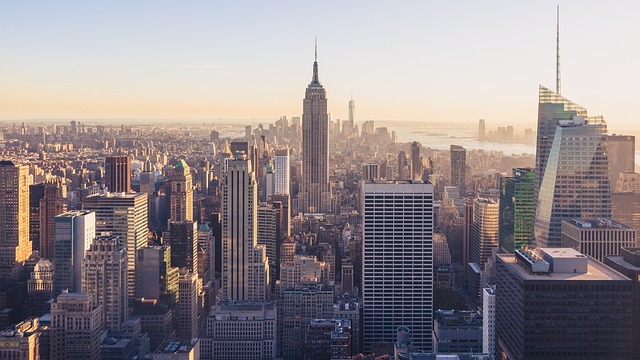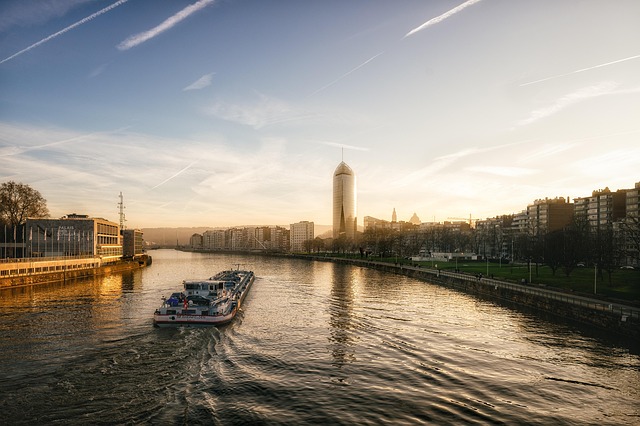Karachi's culinary landscape has undergone a significant transformation with the rise of fast food, driven by changing consumer preferences for convenience. International brands have blended global tastes with local influences, creating a vibrant food scene in Shahra-e-Qaideen and beyond. While offering affordable options, this trend presents health risks due to high calorie, fat, and sugar content, contributing to non-communicable diseases. Despite these concerns, Karachi's fast food culture has become a hub for community gatherings, with regulatory measures promoting healthier alternatives and sustainable practices.
In the vibrant city of Karachi, Shahra-e-Qaideen has emerged as a bustling hub not just for its lively atmosphere but also for its burgeoning fast food scene. This article delves into the rise of fast food in this iconic Karachi neighborhood, exploring popular chains and local favorites. We examine health concerns associated with the culture, its impacts on the community and urban lifestyle, and regulatory measures aimed at promoting sustainable eating initiatives within Karachi’s dynamic culinary landscape.
- The Rise of Fast Food in Karachi's Shahra-e-Qaideen
- Popular Chains and Local Favorites
- Health Concerns and the Fast Food Culture
- Impacts on Community and Urban Lifestyle
- Regulatory Measures and Sustainable Eating Initiatives
The Rise of Fast Food in Karachi's Shahra-e-Qaideen
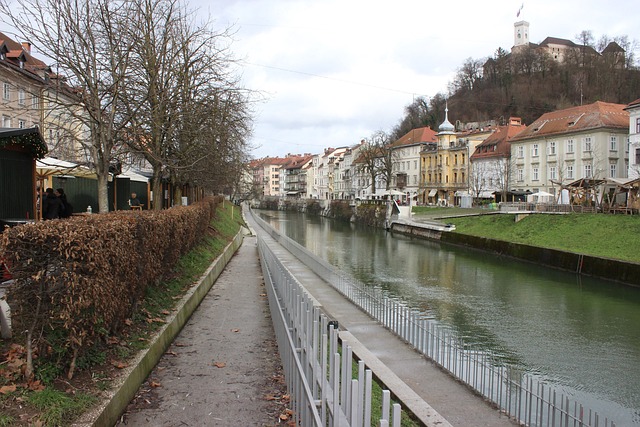
In the vibrant city of Karachi, Shahra-e-Qaideen has emerged as a bustling hub, known for its diverse culinary offerings. The rise of fast food in this metropolitan area is a testament to the changing tastes and lifestyle of its residents. With a population that values convenience and speed, fast-food chains have quickly become a popular choice, offering a wide range of mouthwatering options at affordable prices. Karachi’s unique blend of cultural influences has also played a significant role in shaping the popularity of these international food brands.
The introduction of global fast-food giants in Shahra-e-Qaideen has brought about a revolution in the culinary scene. Local residents and visitors alike are now spoilt for choice, with popular chains offering traditional as well as fusion cuisine. This surge in demand has led to an increase in the number of outlets, making fast food easily accessible across the entire neighborhood. As Karachi continues to grow and evolve, so does its culinary landscape, with fast food leaving an indelible mark on the city’s dining culture.
Popular Chains and Local Favorites
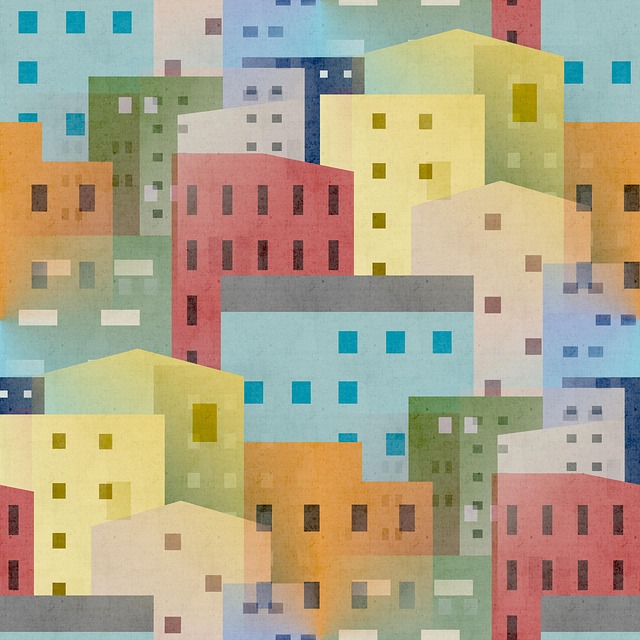
In Karachi, a city known for its diverse culinary scene, fast food has evolved far beyond traditional chains. Popular international brands like McDonald’s and KFC have a strong hold, offering a familiar taste of home to locals and visitors alike. However, the real charm lies in the local favorites—small eateries and street vendors who serve up mouthwatering dishes that are uniquely Karachai. From juicy kebabs grilled to perfection to crispy samosas packed with flavorful fillings, these local gems cater to every taste bud.
The city’s vibrant food culture is a reflection of its diverse population, with influences from various provinces blending to create a delicious mix. Karachi’s fast food scene is not just about quick bites; it’s a celebration of flavors and traditions. Whether you’re strolling through the bustling streets or enjoying a meal at a local café, you’ll discover a wealth of culinary delights that make Karachi a food lover’s paradise, setting it apart from its competitors in the fast food game.
Health Concerns and the Fast Food Culture

In Karachi, as in many urban centers across the globe, the rise of fast food culture has been accompanied by growing health concerns. The ready-to-eat meals, often high in calories, saturated fats, and sugar, contribute to a range of non-communicable diseases like obesity, diabetes, and cardiovascular issues. This is particularly worrying given the sedentary lifestyle many Karachiites lead, exacerbating the negative impacts of such diets.
The fast food industry in Karachi has adapted to local tastes, offering unique menus that blend traditional Pakistani flavors with modern eating habits. However, this accessibility and appeal come at a cost. Regular consumption of these meals can lead to nutritional deficiencies, digestive issues, and long-term health problems. Increasing awareness about balanced diets and healthier alternatives is crucial to counteracting these trends in the vibrant city of Karachi.
Impacts on Community and Urban Lifestyle

The rise of fast food culture in Karachi, exemplified by establishments like Shahra-e-Qaideen, has brought about significant changes to the urban lifestyle and community dynamics. These modern eateries cater to a wide range of customers, from busy professionals to families seeking convenient dining options. The impact is twofold; on one hand, it offers a quick and efficient way to satiate hunger, fitting into the fast-paced city life. On the other, it contributes to a shift in traditional eating habits, often leading to increased health concerns within the community.
Karachi’s urban landscape has embraced this modern trend, with such restaurants becoming popular meeting spots. The vibrant ambiance and diverse menu options appeal to a broad spectrum of customers. However, critics argue that this ease and accessibility might encourage unhealthy dietary choices, especially among younger generations. Balancing the benefits of convenience with potential health risks is an ongoing discussion as Karachi navigates its evolving culinary landscape.
Regulatory Measures and Sustainable Eating Initiatives
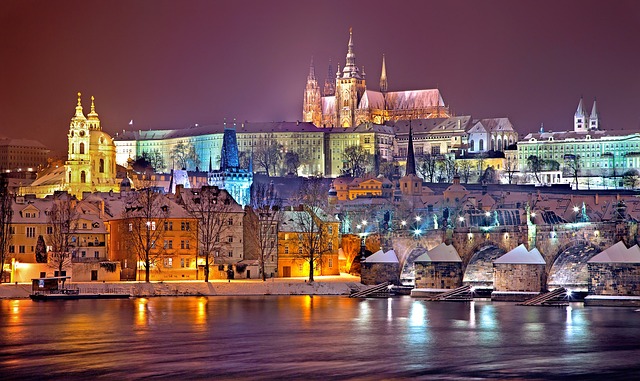
In Karachi, the fast food scene is a vibrant and ever-evolving landscape, but it’s not just about taste and convenience. Regulatory measures play a crucial role in ensuring that the industry promotes sustainable eating practices. The city’s health authorities have implemented strict guidelines to curb excessive fat, sugar, and calorie content in popular dishes, addressing concerns about rising obesity rates among its residents. These regulations encourage restaurants to adopt healthier alternatives, such as offering more fresh vegetables, whole grains, and lean proteins.
Initiatives towards sustainable eating go beyond the kitchen. Many fast food chains in Karachi have started using eco-friendly packaging materials, reducing plastic waste, and promoting recycling programs. Some establishments even source locally grown ingredients to minimize their carbon footprint, supporting local farmers and contributing to the city’s overall environmental sustainability. These efforts not only benefit the health of consumers but also showcase a commitment to making Karachi a healthier and greener metropolis.
The proliferation of fast food in Karachi’s Shahra-e-Qaideen reflects broader urban trends, offering both convenience and challenges. While popular chains and local favorites cater to diverse tastes, health concerns prompt a dialogue on sustainable eating practices. Regulatory measures and community initiatives play a crucial role in balancing economic growth with well-being. By understanding the impacts on Shahra-e-Qaideen, we can navigate the future of food culture in Karachi more thoughtfully.
